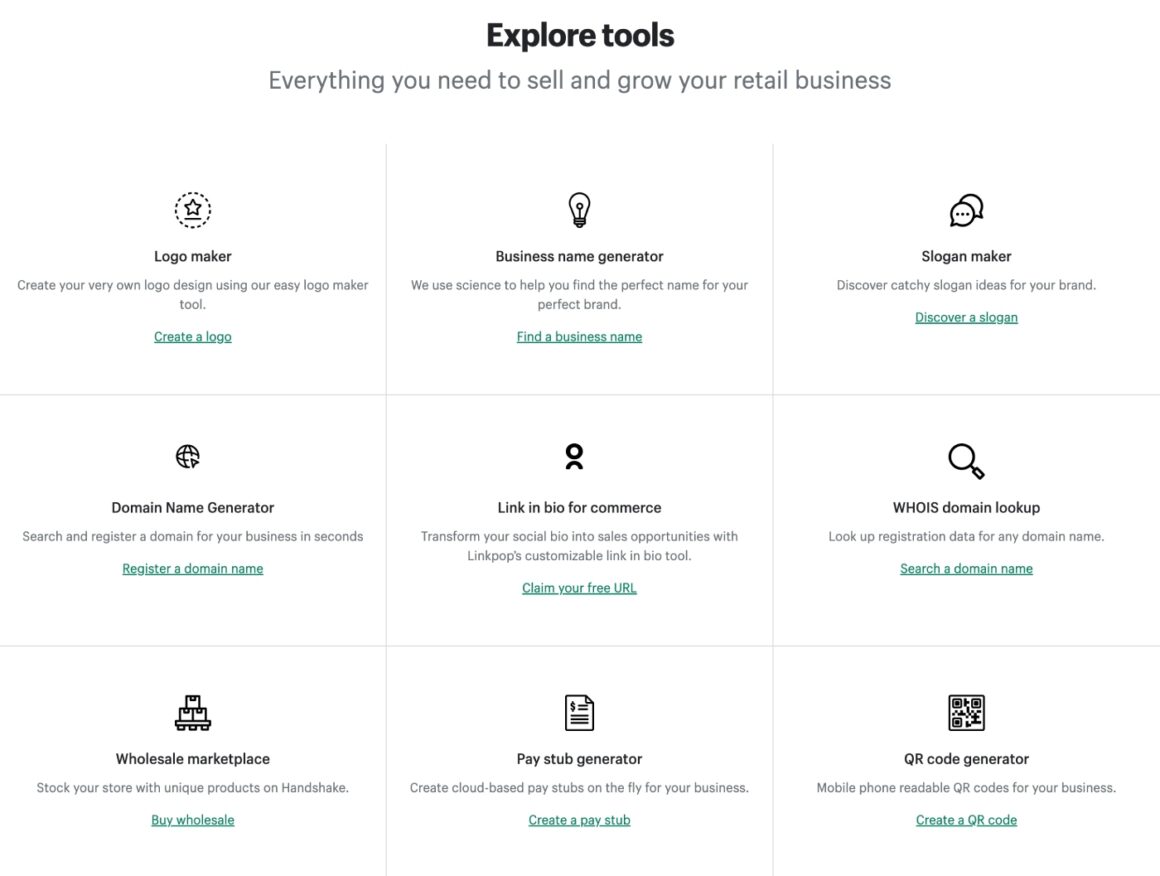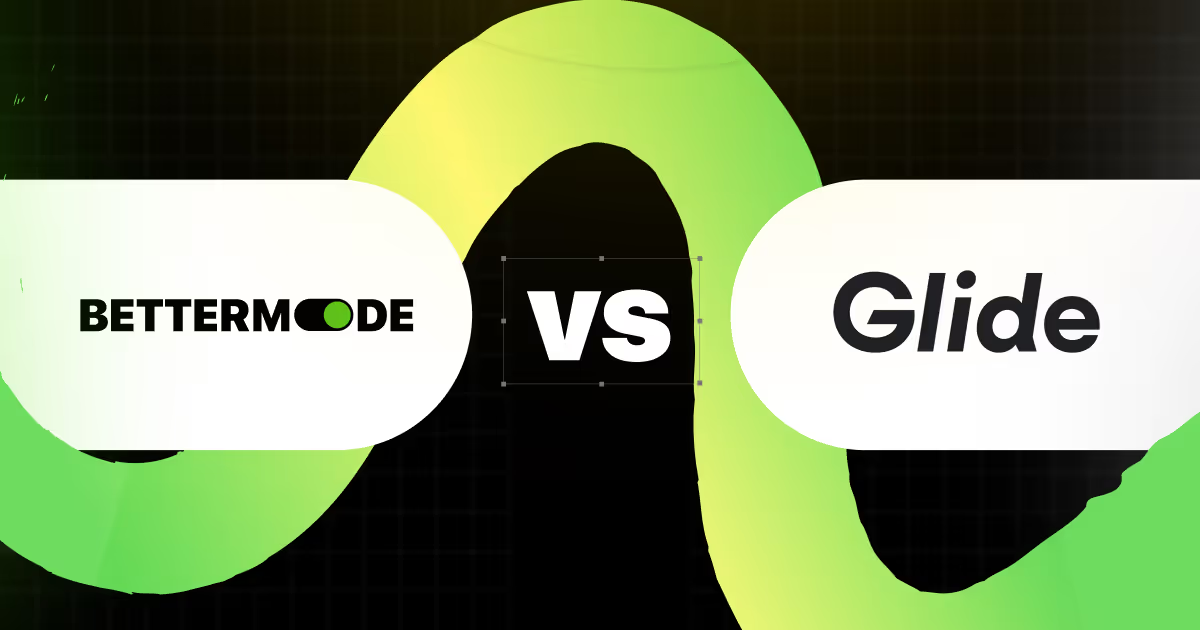Launching Side Products: Lessons from Bettermode's Product Hunt Journey

What do product and marketing teams do? If I have to oversimplify the answer and just state only one primary function, it'll be the following:
“Product teams are focused on building products and marketing teams promote those products to both prospects as well as existing customers.”
And how does marketing promote products? The answer is “by creating value.”
When marketing teams create any content and run any ad campaign, they are trying to create value for the audience. It can be anything from blog posts, books, and infographics to cheat sheets, white papers, and webinars. All these assets are designed to teach something new, inspire people, and empower them to become better in their profession or become better users of the product.
While content assets and ads are traditionally effective, if marketers want to truly create value, they need to offer something that their audiences can immediately use and get the benefit. So, what's better than a simple free product that solves specific problems audiences are facing?
The idea is to build a side product that is related to your core business and help people. Those who will like the product and use it, will learn more about the creator of the product.
This is one of the most serene forms of product promotion. You are not being intrusive -- your goal is to offer help and the by-product of that is higher brand awareness.
Brian Clark of Copyblogger has beautifully summarized this:
Give something valuable away in order to sell something related.
Side products not only allow you to connect with new potential customers but also help in gathering feedback directly from users. This can further help in improving your core product offerings.
That's the reason why marketing teams need to take a page product team's playbook and identify problems that they can solve by building highly specific tools.
The tools that the marketing team builds are not just for customers, they have a much wider reach -- they can be potentially used by a large segment of target market. This is yet another motivation for the marketing teams to build free software products!
What are some examples of side product marketing?
There are some amazing companies building side products to solve a specific problem or meet a specific need for a specific group of customers. Here are some of our favorite examples:
Remix by Buffer
Buffer built a free app called Remix to help marketing teams repurpose content. For example, tweets and links can be transformed into images that can be shared on Instagram.
The best part is there is no watermark and the images can be customized based on brand guidelines.

Business name generator by Namecheap
Namecheap, a domain name registrar, built a free tool to create a unique, brandable business name using AI and register a matching domain.

Free tools by Shopify
Shopify has built an entire gallery of free tools to help e-commerce business owners. They offer everything from name generators to slogan maker and logo maker.

Apart from these, there are other examples like Unsplash created by Crew and Website Grader by HubSpot.
Now, let's jump into Bettemode's side product story.
What did Bettermode launch?
It has been almost 3.5 years since Bettemode came into the market as a community platform. Since then, we have collectively discussed community solution requirements with thousands of prospects.
What we have noticed is that often when people are researching community solutions, they are not entirely aware of all the different types of factors they should consider. Sometimes there are latent needs that emerge after subscribing and using a community platform.
Also, based on our research, we found that there is no centralized resource that gives a comprehensive view of all the features top community platforms offer and perform a side-by-side comparison.
That's why we built CommunityScout!
CommunityScout asks a series of questions based on various factors you should consider when building an online community. We recommend people answer the questions to the best of their understanding. In the end, this tool will send personalized recommendations via email.

People also get access to a web page that allows them to evaluate different platforms based on 60+ factors.

How did we build CommunityScout?
We used no-code tools to build this simple app. Here is the tool stack:
- WordPress - used for hosting CommunityScout web pages
- Typeform - used to build the questionnaire and collect answers
- Zapier - used to send the data captured via Typeform to Airtable
- Airtable - used as a database of all the responses, the calculation for creating recommendations, and email/Slack automation
It was built collaboration with no-code expert, Michael Novotny! He is just an amazing person to work with and brings in valuable product expertise.
What was the launch plan?
The launch plan is segmented into three parts:
- Pre-launch
- Day of the launch
- Post-launch
The majority of the work needs to be done during the pre-launch phase and on the day of the launch.
Pre-launch
- Thoroughly test your product and ensure that everything is working fine.
- Prepare your launch materials
- Product name
- Tag line
- Description
- Maker's comment
- Thumbnail
- Images
- Videos
- Find a popular hunter to hunt your product. Check out this leaderboard to see who can hunt your product.
- Schedule your email to reach out to your community. Also, let them know early on that you're going to launch your product. That way they can expect another email notification on D-Day.
- Prepare your tweets and other social media posts to let your audiences know about the product launch.
- See if you can reach out to certain influencers and gather feedback. That way you seek their support when the product gets hunted.
- Ensure that the hunter schedules the product post ahead of time using the materials you provide and adds you as a maker.
Day of the launch
- Ensure that your email is sent at the scheduled time to your audiences.
- Post the product maker's comment right after the product is hunted.
- Promote the product by reaching out to various communities you have joined. Here are some examples of communities where you can engage and get help:
- https://www.indiehackers.com/group/product-hunt
- https://www.reddit.com/r/ProductHunters/
- http://startupschool.org/
- https://product-school.slack.com
- https://startupstudygroup.slack.com
- https://launch-chat.slack.com
- https://growthhackertalk.slack.com
- https://growmance.slack.com
- https://makers-kitchen.slack.com
- https://www.facebook.com/groups/producthuntupvoters
- https://www.facebook.com/groups/producthunt.exchange
- https://www.facebook.com/groups/producthuntexchangecommunity
- https://www.facebook.com/groups/producthuntupvoters
Of course, you should explore the communities you have already joined. This is not an exhaustive list. - If influencers have already given you feedback, reach out to them to get your listing shared.
- Select certain comments by Product Hunt community members and turn them into good-looking visuals so you can use them to promote your product across the day. Supercat is a useful app for this.
Post-launch
- After the launch, send a thank you note to the key people who supported you.
- Give back to the community by sharing your learning.
- Reach out to relevant news outlets if you're successful in your launch. Explore an opportunity to get media mentions.
Copy this Notion template with the launch checklist to get started easily.
What was the result?

On the day of the launch, we were at #7 during the first few hours after the launch and moved to #4 when we started getting upvotes after a couple of hours (specifically 9 AM ET to 12 PM ET).
Product Hunt URL: https://www.producthunt.com/products/communityscout/
Date of launch: August 08th 2022
Hunter: Sharath, Head of Community at Threado. He is also a prolific product hunter.
Here are the key stats from the Product Hunt launch:
- 475 Upvotes
- 61 comments
- Product of the day #5
- 1451 website visitors (August 08-15)
- 256 questionnaire submissions (August 08-15)
What was the learning?
Based on our experience and research we have compiled a set of dos and don'ts.
Do's
- Add the Product Hunt badge to your app or website so your customers can directly go back to your Product Hunt listing.
- If possible, provide value to the community upfront instead of presenting a black box and demanding an email address
- Send an email alerting your audiences about your launch. That way they can create their Product Hunt account ahead of time and engage with the community.
- Launch your product after you build a small following. That way you can ask people to engage with your listing and amplify momentum.
- Get a top hunter to hunt your product. This increases your chance of getting featured in the top 10.
- Blast communication across all channels (email, social media, community outreach, etc.) to give a huge boost to your listing. If you can get top rank early, it will increase the number of upvotes across the day. That's because many people only look at the top listings.
- Launch the product at 12:01 AM PST on a weekday. Note that Tuesdays are most competitive because on Tuesdays the Product Hunt community is most active.
Dont's
- Don't ask for upvotes!
- Upvotes from brand-new accounts can harm your listing. So, when you reach out to people to get feedback and request them to support you, make sure that people are not creating fresh accounts.
- Don't abandon the comments and feedback from the community. Ensure that you reply to all the comments.
Takeaway
Launching side products is a great way for marketing teams to create value and boost brand awareness.
In a world that has amazing no-code tools, it is easier than ever to build simple apps without getting distracted. Also, when your team is small, no-code tools allow marketing teams to launch products without heavily depending on engineering teams. And what's more, communities like Product Hunt are perfect for launching these products and building an audience base.
If you're thinking about launching one, be sure to keep in mind the tips outlined in this article. And who knows? Your side product just might become the next big thing!






